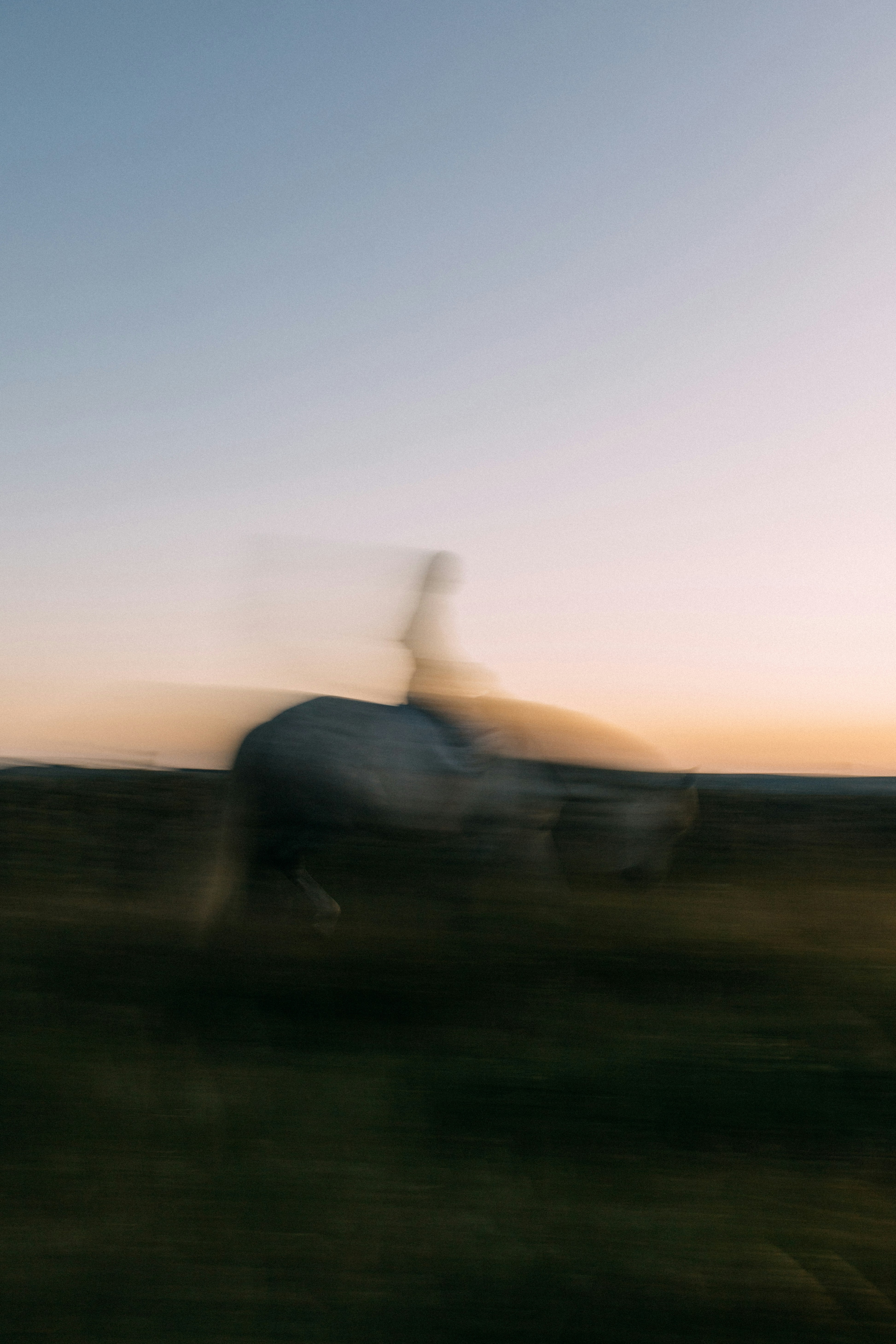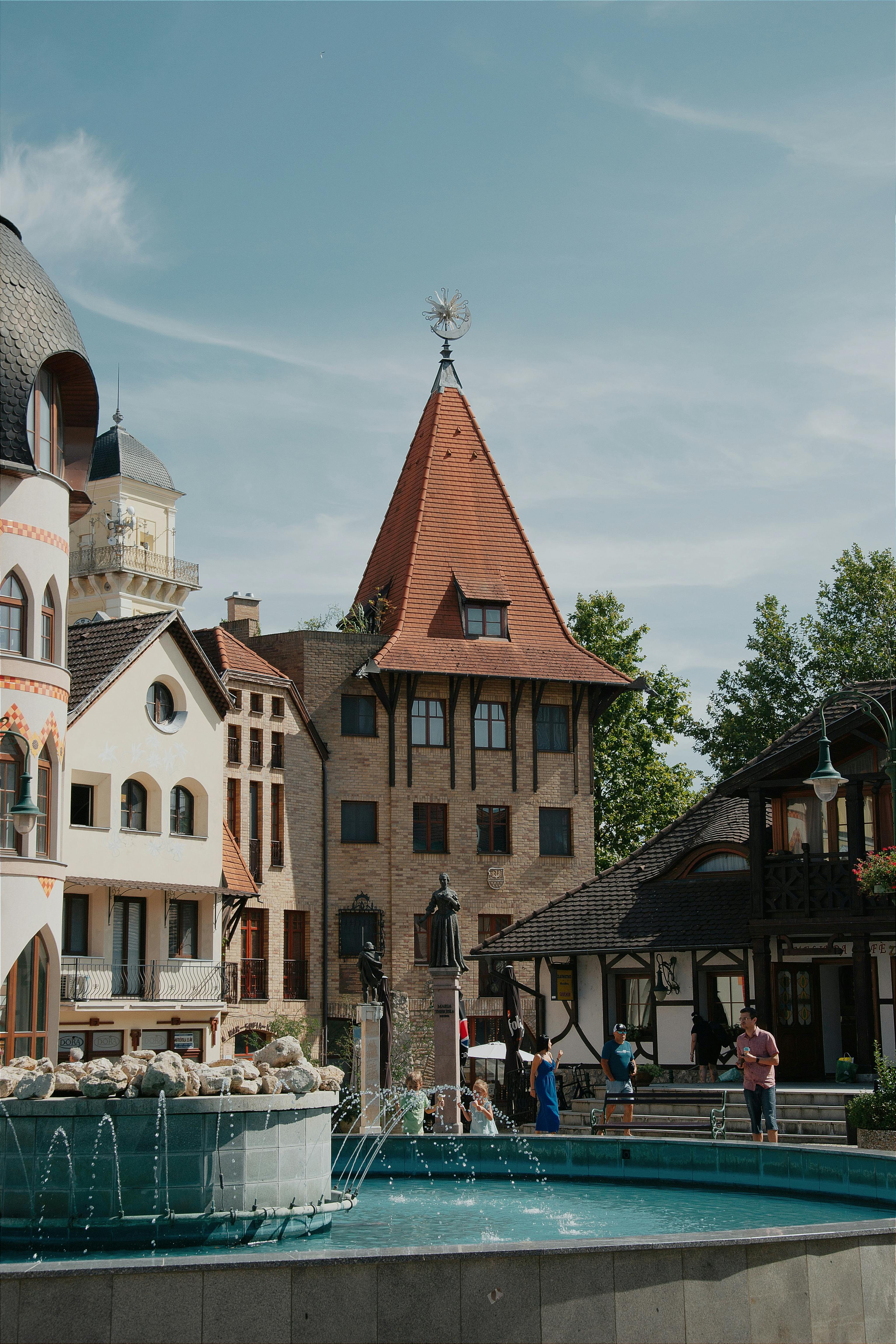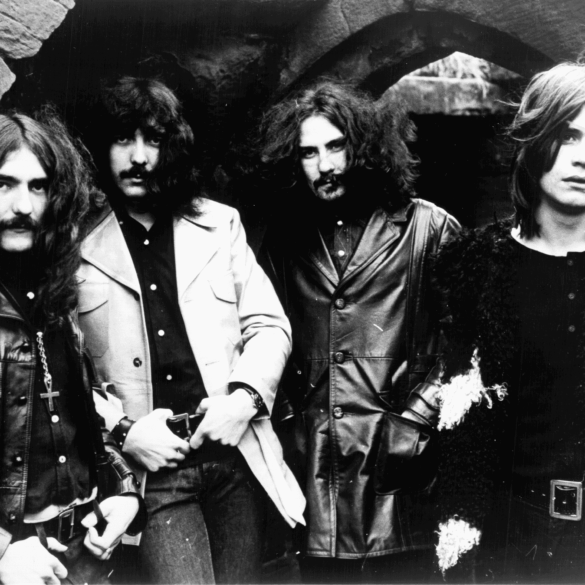Slovakia Culture: Ultimate Guide to Traditions, People, and Modern Life
Let me start with a simple confession: before my first real trip to Bratislava nearly a decade ago, “Slovak culture” was—if I’m honest—something of a blank slate to me. I carried the usual patchwork of fuzzy notions: folk costumes, hearty food, castles on every hill. But those handful of images, picked up from travel magazine photos or scattered conversations, did not do justice to the authentic richness and dynamic evolution of modern Slovakia. Now, after years collaborating with Slovak colleagues, getting lost at a village festival near Banská Štiavnica, and following the country’s political and musical renaissance, I can say I’m still learning—and that’s half the fun.
Defining Slovak Culture: Roots, Identity, and Context
Here’s the real challenge: attempting to sum up Slovak culture in just a few words is not only misguided, it borders on impossible. Slovakia, after all, sits at a crossroads. Geographically—smack in the heart of Europe, bordered by Austria, Hungary, Poland, Ukraine, and the Czech Republic. Culturally? It’s a continually evolving blend of mountain village traditions, urban reinvention, post-communist realpolitik, and heartfelt nostalgia.
What really strikes me most is how Slovak identity is at once fiercely proud and gently self-effacing. There’s a tendency to understate, to poke fun at oneself or at national quirks even as people are deeply attached to particularly Slovak customs—whether that’s a love of bryndzové halušky (sheep cheese dumplings), a folk festival weekend up in Terchová, or the way every family guards their own kapustnica (cabbage soup) recipe.
“To be Slovak is to always be both in the center and on the edge—part local, part European, always quietly stubborn.”
Slovak culture cannot be separated from its layered history: centuries of Hungarian and Austro-Hungarian rule, wars, the communist period, the 1993 split with Czechia (“the Velvet Divorce”), EU membership in 2004, and, more recently, a burst of creative energy driven by a new generation of Slovaks both at home and abroad.1
The variety is dizzying. One moment, you’re marveling at 12th-century wooden churches; the next, sipping specialty coffee in a hipster corner of Žilina. There’s folk music echoing through the Tatra valleys, but also a thriving electronic scene in Bratislava, anti-corruption protests organized by Gen Z, grandmas offering you homemade slivovica, and startup pitches at co-working hubs. This contrast is, frankly, what keeps Slovakia fascinating for me—and for anyone with more than a passing interest in culture, identity, and human connection.2
Customs and Traditions: The Slovakia You Don’t See in Guidebooks
If you only read travel brochures, you might assume Slovak culture begins and ends with “folk art” and hearty food. But it’s so much more nuanced (and, honestly, less predictable). For instance, there’s a wry humor in how Slovaks mark holidays—a mix of ancient ritual, irreverent improvisation, and a practical embrace of everyday reality.
Let’s start with Easter. It’s not just painted eggs. In the countryside, you’ll still find the šibačka and polievačka—young men gently whip or sprinkle women with water “to ensure health and beauty.” Sounds odd? Of course! But peeling back the layers reveals a playful social code, mutual teasing, and a deft negotiation of tradition and change. Every spring, friends text me photos of their colorfully whipped ribbons or soggy hair.3
Slovak traditions are living, breathing, and adaptable. Even in tech-driven Bratislava, it’s not unusual to stumble across a folk parade—or to find IT professionals debating the best mushroom spots in the Malá Fatra foothills. There’s a reason faith and folklore survive here: they’re continually reinterpreted, never static.
So, before we go further, pause and consider: what does “tradition” mean to you? In Slovakia, it means honoring roots while finding joy in contradiction.
Language and Communication: Nuance, Humor, and Code-Switching
Let’s get real for a second. Slovak is, hands down, one of the most challenging yet melodically beautiful languages I’ve encountered. (And this comes from someone who’s struggled through Polish, German, and a smattering of Hungarian.) What surprised me the most wasn’t just the linguistic structure—the seven noun cases, the tongue-twisting consonant blends, the way vowels stretch and twist in song—but the insanely clever code-switching that happens daily.4
Take a seat in any coffeehouse in Bratislava. You’ll hear a swirl of Slovak, Czech (remnants of shared history), English (thanks to startup expats and Erasmus students), and smatterings of Hungarian, Rusyn, or Romani—sometimes all in the same conversation. There’s a word, pohoda, that sums up a uniquely Slovak kind of comfort or laid-back contentment. But it’s untranslatable, really. You have to feel it.
Humor in Slovak culture is quick, ironic, self-deprecating—a shield and a handshake. I’ve sat through hours of banter between Slovak colleagues, marveled as they lovingly mock their own politics, and realized that understanding local jokes is, oddly enough, a badge of acceptance.5
- Proverbs and Puns: Slovak proverbs are layered, practical, sometimes surreal (“The sausage is never as long as it looks”).
- Body Language: A raised eyebrow or a vague hand wave can mean “maybe,” “why not,” or “let’s see.” Context is everything.
- Small Talk: Don’t expect effusive greetings. Initial reserve is standard, but warmth runs deep once trust is earned.
“If you want to truly understand Slovakia, listen carefully—not just to words, but to the silences between them.”
Slovak Family, Festivities, and Daily Rhythm
Here’s what really matters: Family is the gravitational center of Slovak life. That doesn’t mean an outdated patriarchy, as some might imagine, but a complex web of support, outspoken care, and frequent Sunday lunches that extend for hours over soup, roast, and gossip (the good kind, usually). Every major event—weddings, funerals, name days, first communions—ripples through extended circles, drawing old friends, neighbors, and sometimes half the village.6
During a family Christmas in Žilina, I realized just how multi-generational and relaxed these gatherings are—full of unhurried jokes, political debates, and food prepared as if twenty more guests might show up unannounced. Everyone expects a bit of chaos; it’s almost comforting in its predictability.7
Table: Common Slovak Festivities and Their Meaning
| Holiday/Festival | Season | Traditional Food | Key Rituals |
|---|---|---|---|
| Fašiangy (Carnival) | Late Winter | Doughnuts, pork dishes | Masks, parades, village music |
| Easter (Veľká noc) | Spring | Eggs, smoked meats, sweet breads | Whipping, water splashing, painting eggs |
| Christmas (Vianoce) | Winter | Kapustnica, carp, honey wafers | Caroling, midnight mass, family feast |
| Name Days | Year-round | Cakes, pastries | Visiting, gifting, socializing |
Everyday Life: Work, Leisure, and Rules (or Lack Thereof?)
Life in Slovakia moves in a rhythm closer to “Central European time” than the relentless hustle of Western cities. Shops (even in big towns) still close for lunch. Sundays are for hikes, family, church, or just sitting by the Danube. Yet young Slovaks are forging their own routines—balancing remote tech jobs, side hustles, and creative gigs with age-old priorities like “well-being” and “taking time to be outside.”
What I should have mentioned first is the country’s spectacular natural beauty. Hiking is practically a civic duty—with close to 100,000 km of marked trails. There are spas, thermal baths, and forested hills that mean “wellness” here isn’t just trendy, it’s traditional.8
If you’re invited to a Slovak home, bring wine or flowers—but never an even number, which is for funerals. Remove your shoes at the door. Don’t expect dinner before 7pm on festivals, and be ready for more toasts than you bargained for.
Okay, let’s step back—there’s a lot more under the surface of these rhythms. Next up: how faith and worldview shape (and sometimes confound) the Slovak sense of self.

Faith, Spirituality, and Values in Contemporary Slovakia
If you’re wondering where Slovakia stands on faith and values, you’re not alone. It’s complicated. The country is officially secular, but Catholicism, Protestantism, and Eastern Orthodoxy are deeply woven into daily life. Over 60% declare themselves Catholic. But don’t assume faith looks the same everywhere: in Orava, the calendar is marked by feasts and saints’ days; in Bratislava, secularism is on the rise, and non-believers coexist easily with the devout.9
I often think of a conversation I had at Devín Castle with a local teacher—she told me, “We’re not so devout as disciplined. Faith here is more about endurance than certainty; more practice than doctrine.” And yet, watch the processions at Levoča’s basilica each July, or the hush at a village All Saints night, and you’ll sense a spiritual gravity that words can’t quite capture.
“Slovak spirituality is less about church and more about memory, family, and the eternal landscape. Mountains are our real cathedrals.”
- Ethical Values: Honesty, hospitality, and perseverance are pillars of Slovak moral culture, repeatedly highlighted in both rural and urban surveys.10
- Family Loyalty: Sacrifice for kin is both a virtue and a social expectation—occasionally a burden, but mostly a source of pride.
- Individualism vs. Community: There’s palpable tension—and healthy negotiation—between the drive for personal achievement and collective tradition.
Over 14 different religious communities are formally recognized in Slovakia—a testament to enduring diversity from Jewish to Lutheran, even amid the country’s small geographic footprint.11
Modern Shifts: Globalization, Youth Culture, and Creative Life
Ever notice how Slovakia, for all its historical weight, buzzes with creative energy these days? If you’re picturing only wooden churches and folk music, think again. Since EU accession, the country has become a hotbed for startups, indie film, street art, and digital activism. On one end, you’ll find traditional Roma musicians and open-air folklore competitions; on the other, TikTok influencers at Bratislava’s Old Market Hall and software engineers collaborating with teams in London and Berlin.
Globalization’s impact is visible everywhere: English on storefronts, Asian fusion cafes beside bryndza eateries, and a youth-driven push for LGBTQ+ rights that would’ve been unthinkable a generation ago. At the same time, there’s a persistent tension—a fierce pride in “Slovenskosť” (Slovak-ness), coupled with anxiety over losing distinct identity. I’ve lost count of how many times friends have joked about “going West”—while also waxing nostalgic about their grandparents’ villages and the dream of building something lasting at home.12
- Slovakia is a European leader in video game development and creative coding, with game studios in Košice and Trnava attracting global investment.13
- Environmentalism is moving from niche activism to mainstream political debate—protecting the High Tatras, preserving Roma crafts, and investing in green tourism.
- Young Slovaks are pushing for transparency and government reform, as seen in anti-corruption protests and new political movements post-2020.14
Creative Life: From Folk to Futurism
Here’s the thing—creativity in Slovakia always wears more than one hat. Sure, there’s UNESCO-recognized folk embroidery and haunting polyphonic singing. But there’s also award-winning film directors, jazz collectives, slam poets, and visual artists like Roman Ondak who command international respect.
If you’re visiting, check out the Slovak National Gallery (recently revamped—stunning rooftop views), see a modern ballet at SND theater, or just duck into a bookshop for a panel reading by up-and-coming Slovak authors. You’ll experience the cultural intersection firsthand.15
| Cultural Area | Traditional Strengths | Modern Standouts |
|---|---|---|
| Music | Folk, choral, Roma jazz | Hip-hop, EDM, film scores |
| Visual Arts | Wood carving, iconography | Installation art, comics, design |
| Theatre/Film | Village drama, puppet shows | International film, urban theater |
What excites me most: you don’t need a museum ticket to spot creative energy. Graffiti murals in Petržalka, indie film nights at Kino Lumière, poetry scrawled in tram shelters—it’s all live, participatory, young-at-heart.
“Our culture is not in history books. It’s on the street, on our screens, and in every song we remix.”
Practical Insights: Travel, Etiquette, and Cultural Dos & Don’ts
- Dress is generally casual, but avoid being overly revealing in churches or rural villages—respect is paramount.
- When meeting, a firm handshake and direct eye contact set the tone, but don’t rush—Slovaks value sincerity over endless small talk.
- Try at least a sip of homemade slivovica (plum brandy) if offered—it’s a gesture of trust (and sometimes practical joke).
- Expect candid conversation on politics and history—just avoid stereotypes, and listen as much as you talk.
Travel Planning Essentials: Seasons, Sights, and Sensations
| Best Time to Visit | Weather | Cultural Highlights | Estimated Budget (per day) |
|---|---|---|---|
| Spring (April–June) | Mild, green, fewer crowds | Easter, wildflower hikes, folk festivals | €50–€120 |
| Summer (July–Sept) | Warm, sunny, lively cities | Music fests, castle tours, lakes | €65–€150 |
| Autumn (Oct–Nov) | Crisp, colorful, harvest time | Wine tastings, All Saints, mushrooming | €50–€120 |
| Winter (Dec–March) | Cold, snowy, atmospheric | Christmas markets, skiing, spa visits | €70–€160 |
Quick tip: Always check regional holiday schedules—some of the best village festivals are unadvertised and found only if you wander off the main tourist routes. If planning a deep-dive cultural trip, learn a few basic phrases—locals will appreciate even clumsy attempts.
Immerse yourself: sign up for a folk-dance lesson, sample local dishes at a family-run koliba, take a train to a lesser-known town, or attend an open-mic poetry night in Košice. Don’t just observe culture—participate.16
References and Further Exploration
References
Final Reflections
Here’s my honest conclusion: Slovak culture is, above all, about resilience and joyful contradiction. It’s tradition and progress, folk and hip-hop, faith and irony, mountain solitude and raucous hospitality. My early assumptions—like so many visitors’—missed the restless heart and open-ended questions that make this country so compelling. I’m not done learning. Neither, I suspect, are you.
If you crave a travel experience that challenges and charms in equal measure, Slovakia delivers. For those with roots in the country, may this serve as both memory and invitation. And for cultural explorers? There’s no better time to step off the tourist path and discover “Slovenskosť” for yourself.
Like what you read? Explore more:
Central European Culture Guide |
Traditions in Slavic Countries |
European Travel Tips and Safety



